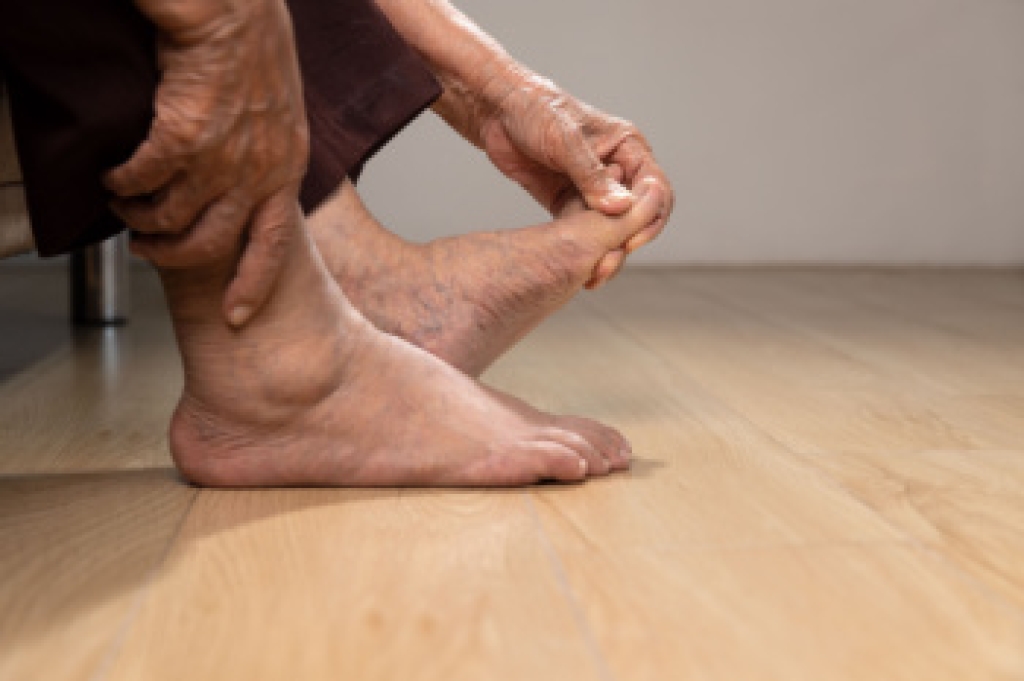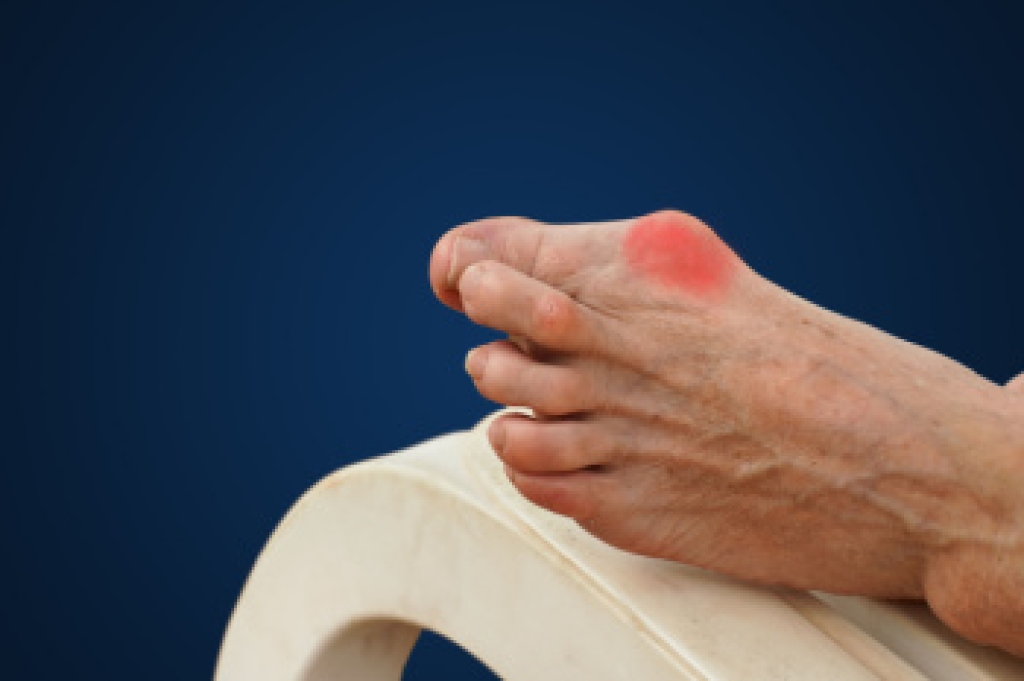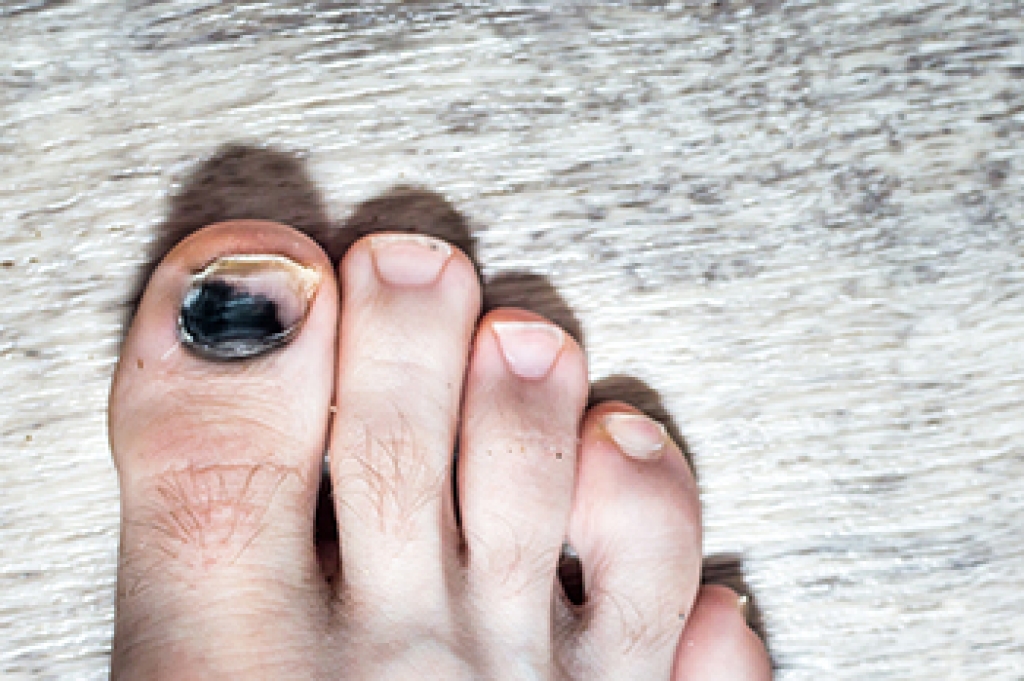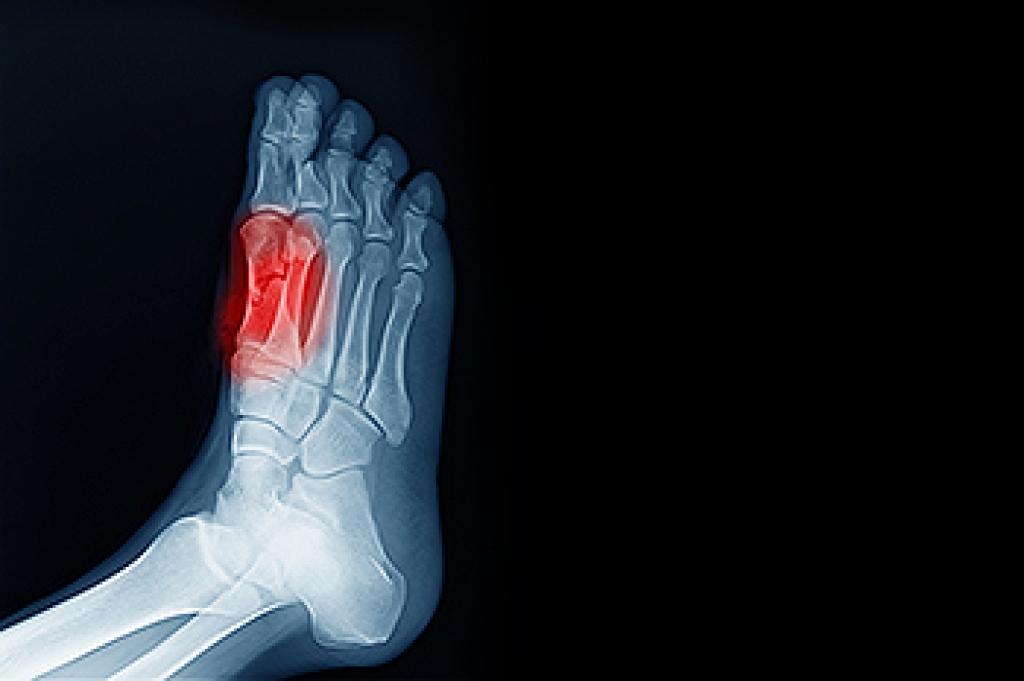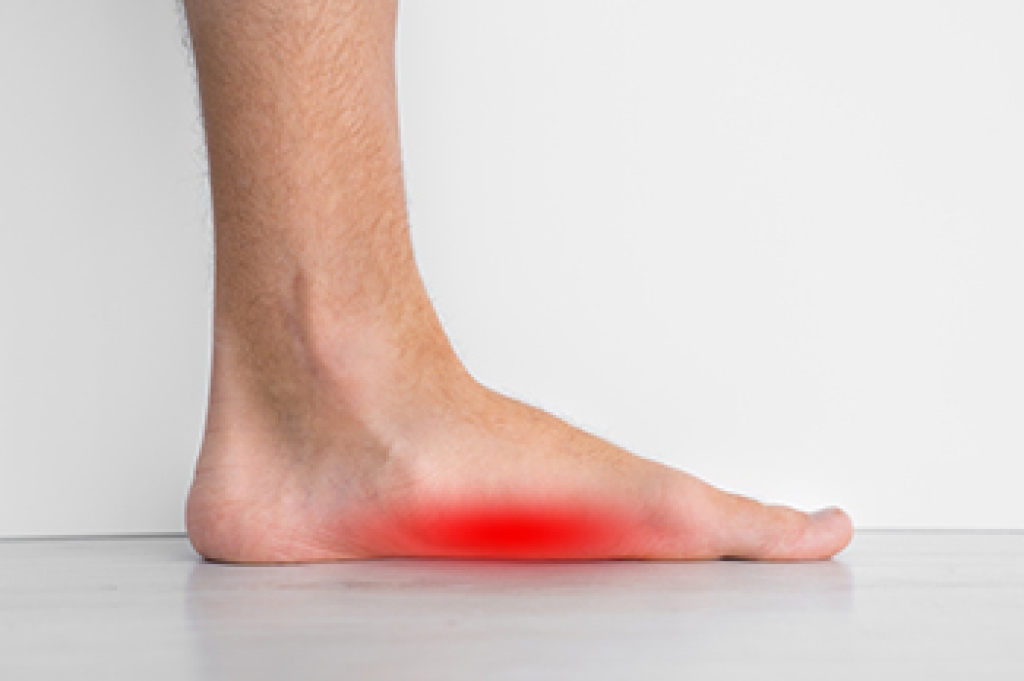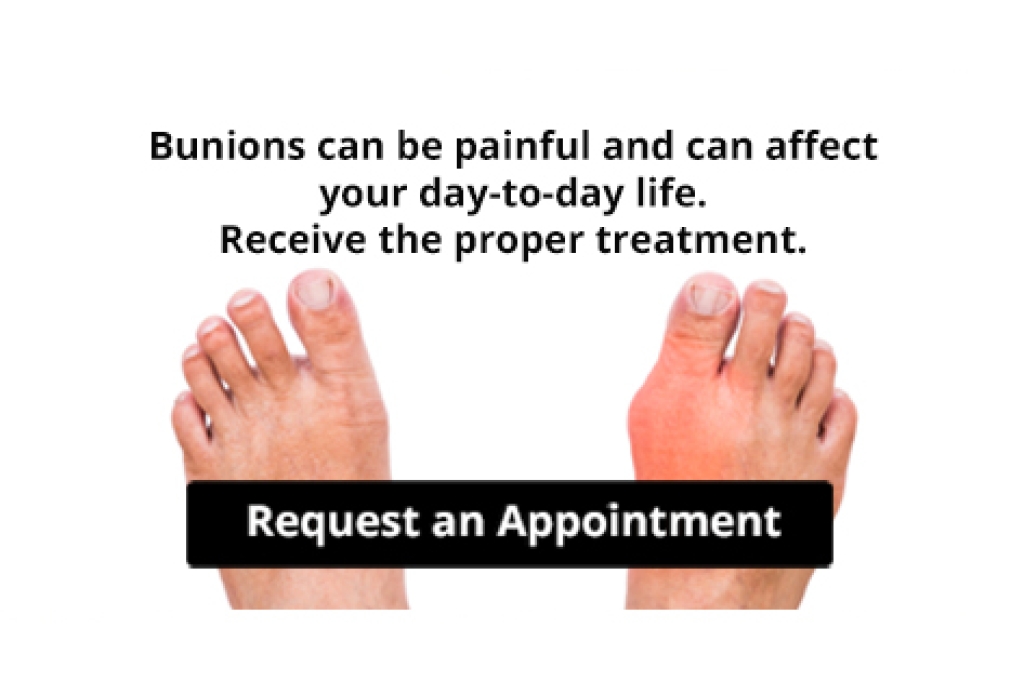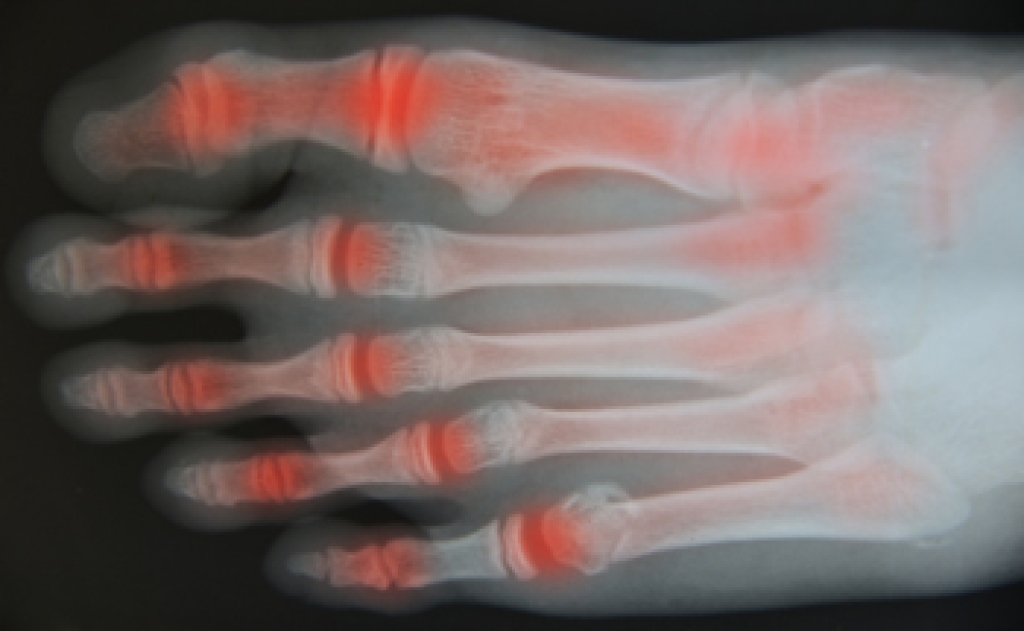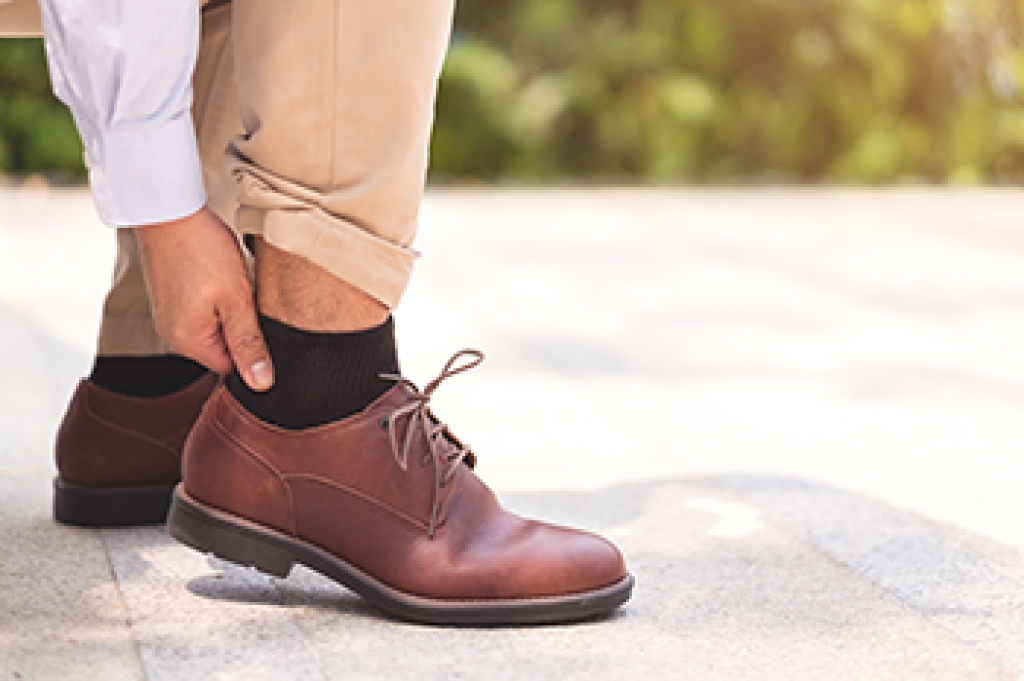
Foot pain from standing at work all day is a common issue, especially for those in jobs requiring prolonged periods of standing or walking. This discomfort is often caused by pressure on the feet, leading to conditions like plantar fasciitis, heel spurs, or arch strain. Wearing unsupportive shoes or standing on hard surfaces can worsen the problem, leading to foot fatigue, swelling, and even long-term damage. Symptoms may include aching, burning, or sharp pain in the arches, heels, or balls of the feet. Over time, the pain can spread to the ankles, knees, or lower back. To manage foot pain, it is important to wear supportive footwear with proper arch support and cushioning. If you have foot pain for any reason, it is suggested that you consult a podiatrist for a tailored treatment plan.
While working on the feet, it is important to take the proper care of them. For more information about working on your feet, contact Andrew Katz, DPM from Allcare Foothealth Center. Our doctor will treat your foot and ankle needs.
Working on Your Feet
Standing on your feet for long periods of time can cause stress and pain in your feet. Your whole body may experience change in terms of posture, back pain, bunions, callouses and or plantar warts. There are ways to avoid these conditions with proper foot care, smart choices and correct posture.
Positive Changes
Negative heeled shoe – Choosing this shoe type places the heel slightly lower than the ball of the foot. These are great for overall foot health. Find shoes that fit you correctly.
Go barefoot – Our feet were not designed to be enclosed for all hours of the day. Try to periodically expose your feet to air.
Eliminate Pain
Foot Exercises – Performing simple exercises, incorporating yoga and doing stretches are beneficial. This will allow increased blood flow to the area and muscles of the foot.
Achilles tendon – Stretching the foot out flat on the floor will relax the calf muscles and tendon. These exercises can be performed almost anywhere. Make sure you add these exercises to your daily regimen.
With a little bit of this information and knowing more about foot health, you will notice changes. Foot stretches and proper footwear will help with pain and prevent further issues.
If you have any questions please contact our office located in Palmdale, CA . We offer the newest diagnostic and treatment technologies for all your foot and ankle needs.
